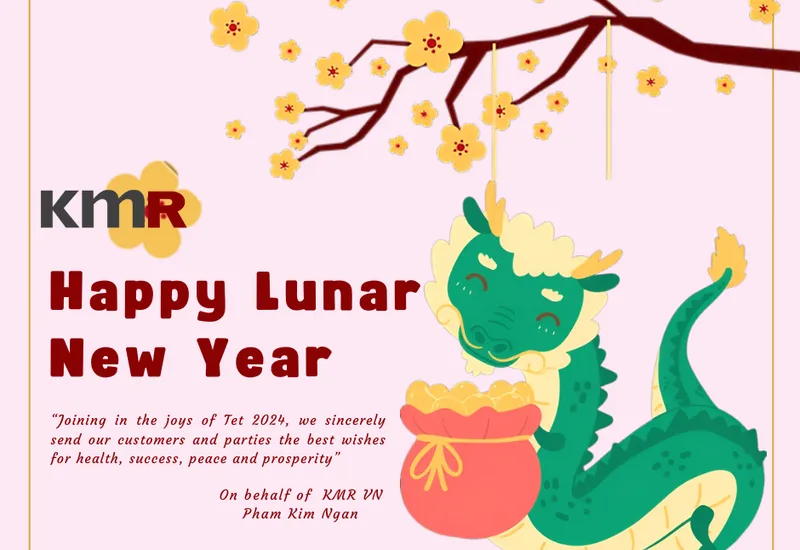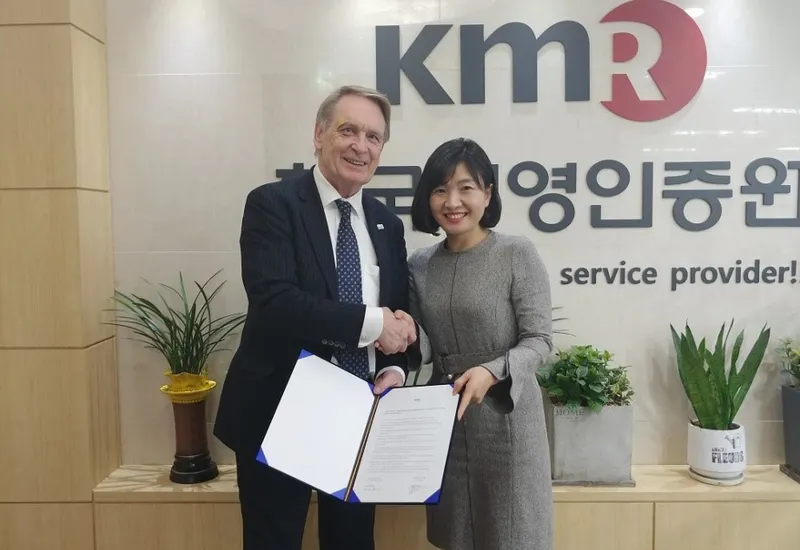ISO 45001 is an International Standard that specifies requirements for an occupational health and safety (OH&S) management system, with guidance for its use, to enable an organization to proactively improve its OH&S performance in preventing injury and ill-health.
Occupational health and safety
Background
An organization is responsible for ensuring that it minimises the risk of harm to the people that may be affected by its activities (e.g. its workers, its managers, contractors, or visitors), and particularly if they are engaged by the organization to perform those activities as part of their “ occupation ”.
There were, according to an estimate by the International Labour Organization (ILO), 2.34 million deaths in 2013 as a result of work activities. The greatest majority (2 million) are associated with health issues, as opposed to injuries. The Institute of Occupational Safety and Health, IOSH, estimates there are 660 000 deaths a year as a result of cancers arising from work activities.
ISO is developing an occupational health and safety (OH&S) management system standard (ISO 45001) which is intended to enable organizations to manage their OH&S risks and improve their OH&S performance. The implementation of an OH&S management system will be a strategic decision for an organization that can be used to support its sustainability initiatives, ensuring people are safer and healthier and increase profitability at the same time.
NOTE : The term “ occupational safety and health ” (“ OSH ”) is often used in place of “ occupational health and safety ” (“ OH&S ”).
An organization’s activities can pose a risk of injury or ill-health, and can result in a serious impairment of health, or even fatality, to those working on its behalf ; consequently it is important for the organization to eliminate or minimize its OH&S risks by taking appropriate preventive measures. An organization’s OH&S management system can translate its intentions to prevent incidents into a systematic and ongoing set of processes (supported by the use of appropriate methods and tools) and can reinforce the organization’s commitment to proactively improving its OH&S performance.
It is logical that those working closest to an OH&S risk will be knowledgeable about it. As such, the participation of workers in the establishment, implementation and maintenance of an OH&S management system can play an important role in ensuring that the risks are managed effectively. ISO 45001 emphasizes the need for worker participation in the functioning of an OH&S management system, as well as requiring that an organization ensures that its workers are competent to do their assigned tasks safely.
What is ISO 45001 ?
ISO 45001 is an International Standard that specifies requirements for an occupational health and safety (OH&S) management system, with guidance for its use, to enable an organization to proactively improve its OH&S performance in preventing injury and ill-health.
ISO 45001 is intended to be applicable to any organization regardless of its size, type and nature. All of its requirements are intended to be integrated into an organization’s own management processes.
ISO 45001 enables an organization, through its OH&S management system, to integrate other aspects of health and safety, such as worker wellness/wellbeing ; however, it should be noted that an organization can be required by applicable legal requirements to also address such issues.
What ISO 45001 is NOT...
ISO 45001 does not state specific criteria for OH&S performance, nor is it prescriptive about the design of an OH&S management system. An organization’s OH&S management system should be specific to meeting its own needs in preventing injuries and ill-health ; consequently a small
business with low risks may only need to implement a relatively simple system, whereas a large organization with high levels of risks may need something much more sophisticated. Any type of system may be capable of being in conformity with the requirements of the standard, provided
it can be shown to be appropriate to the organization and is effective.
ISO 45001 does not specifically address issues such as product safety, property damage or environmental impacts, and an organization is not required to take account of these issues unless they present a risk to its workers.
ISO 45001 is not intended to be a legally binding document, it is a management tool for voluntary use by organizations from SME’s upwards whose aim is to eliminate or minimise the risk of harm.
NOTE : There are a number of ILO conventions and standards (ILS) concerning OH&S that have been adopted by countries around
the world, to varying degrees. ISO 45001 is broadly aligned with the provisions of the ILS.
What will be the benefits of using ISO 45001 ?
An ISO 45001 based OH&S management system will enable an organization to improve its OH&S performance by :
- Developing and implementing an OH&S policy and OH&S objectives
- Establishing systematic processes which consider its “ context ” and which take into account its risks and opportunities, and its legal and other requirements
- Determining the hazards and OH&S risks associated with its activities ; seeking to eliminate them, or putting in controls to minimize their potential effects
- Establishing operational controls to manage its OH&S risks and its legal and other requirements
- Increasing awareness of its OH&S risks
- Evaluating its OH&S performance and seeking to improve it, through taking appropriate actions
- Ensuring workers take an active role in OH&S matters
In combination these measures will ensure that an organization’s reputation as a safe place to work will be promoted, and can have more direct benefits, such as :
- Improving its ability to respond to regulatory compliance issues
- Reducing the overall costs of incidents
- Reducing downtime and the costs of disruption to operations
- Reducing the cost of insurance premiums
- Reducing absenteeism and employee turnover rates
- Recognition for having achieved an international benchmark (which may in turn influence customers who are concerned about their social responsibilities)

Who are the intended users of the Standard ?
The simple answer is all organizations.
It should not matter if your organization is a micro business, or a global conglomerate ; if it is a non-profit organization, a charity, an academic institution, or a government department. As long as your organization has people working on its behalf, or who may be affected by its activities, then using a systematic approach to managing health and safety will bring benefits to it.
The standard can be used by small low risk operations equally as well as by high risk and large complex organizations. While the standard requires that OH&S risks are addressed and controlled, it also takes a risk based approach to the OH&S management system itself, to ensure a) that it is effective and b) being improved to meet an organization’s ever changing “ context ”. This risk based approach is consistent with the way organizations manage their other “ business ” risks and hence encourages the integration of the standard’s requirements into organizations’ overall management processes.
How does ISO 45001 relate to other standards ?
ISO 45001 follows the high level structure approach that is being applied to other ISO management system standards, such as ISO 9001 (quality) and ISO 14001 (environment). In developing the standard, consideration has been given to the content of other international standards (such as OHSAS 18001 or the International Labour Organization’s “ ILO –OSH Guidelines ”) and national standards, as well as to the ILO’s International Labour standards and conventions (ILSs).
Those adopting the standard, once it has been published, should find its requirements consistent with the other standards. This will allow for a relatively easy migration from using an existing OH&S management system standard to using ISO 45001, and will also allow for the alignment and integration with the requirements of other ISO management system standards into their organization’s overall management processes
More information ?
Find more information on :
- Committee developing the standards and its work, ISO/PC 283
- High Level Structure, view Annex SL of the ISO Directives
- Content of the development version, please contact your National Member Body
Source: iso.org












main.comment_read_more